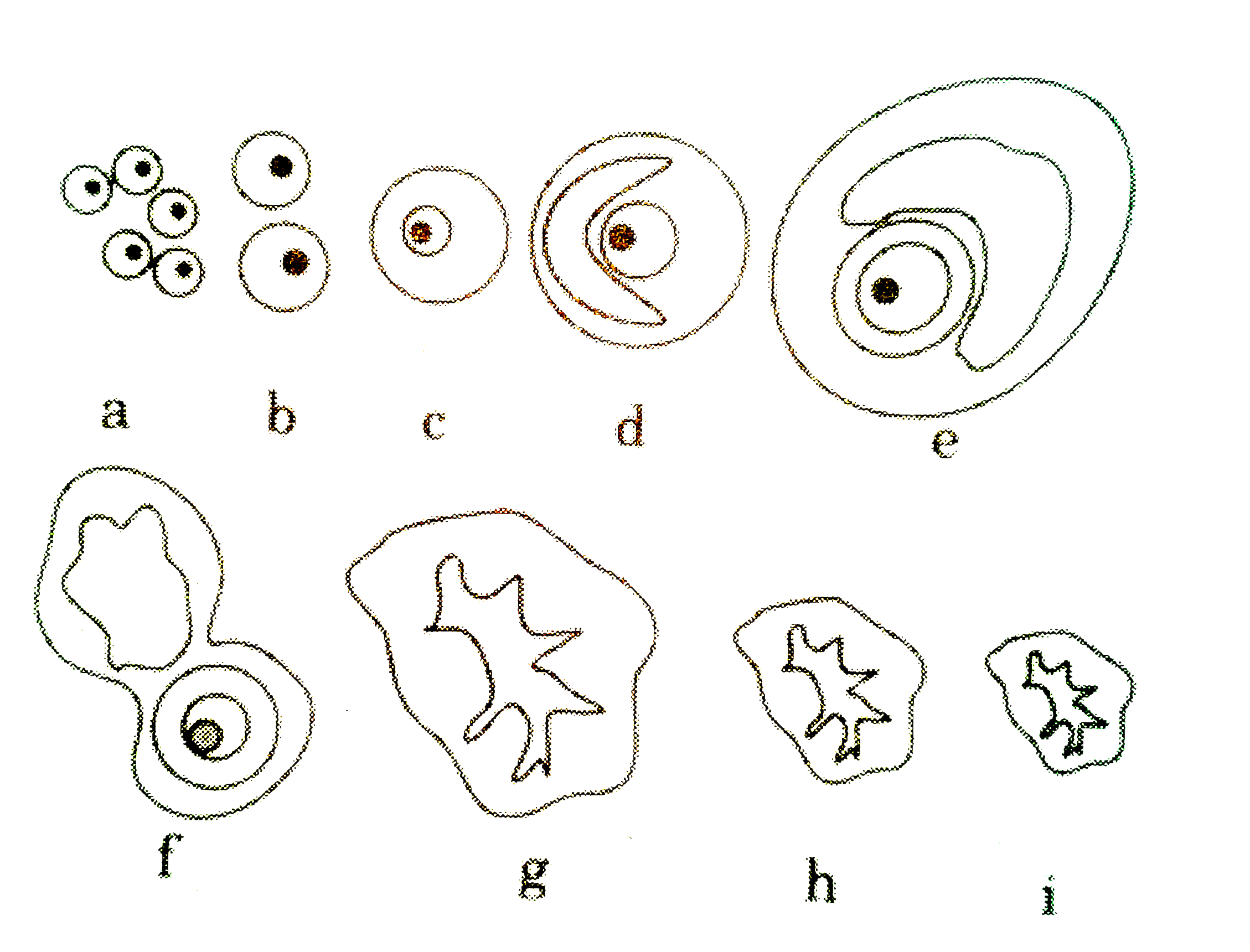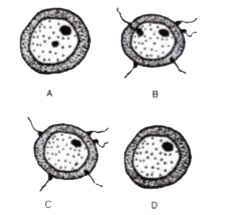(a) Explain the different ways apomictic seeds can develop. Give an example of each.
(b) Mention one advantage of apomictic seeds to farmers.
(c ) Draw a labelled mature stage of a dicotyledonous embryo.
Step by step video & image solution for (a) Explain the different ways apomictic seeds can develop. Give an example of each. (b) Mention one advantage of apomictic seeds to farmers. (c ) Draw a labelled mature stage of a dicotyledonous embryo. by Biology experts to help you in doubts & scoring excellent marks in Class 12 exams.
Updated on:21/07/2023Topper's Solved these Questions
- POLLUTION (ENVIRONMENTAL ISSUES)BOOK - ALLENCHAPTER - POLLUTION (ENVIRONMENTAL ISSUES)EXERCISE - S
22 Videos
- REPRODUCTION IN ORGANISMS AND SEXUAL REPRODUCTION IN FLOWERING PLANTSBOOK - ALLENCHAPTER - REPRODUCTION IN ORGANISMS AND SEXUAL REPRODUCTION IN FLOWERING PLANTSEXERCISE - EXERCISE-IV (Assertion & Reason )
24 Videos
Similar Questions
Why are some seeed refferred to as apomictic seeds ? Mention one adantage and one disadvantage to a farmer who uses them.
View Solution(a) Explain the events taking place at the time of fertilization of an ovum in a human female.
(b) Trace the development of the zygote upto the implanation in the uterus.
(c) Name and draw a labelled sectional view of the embryonic stage that gets implanted.
View Solution(a) What type of linkage is present in proteins ?
(b) Give one example each of water soluble and fat soluble vitamins.
(c ) Draw pyranose structure of glucose.
View Solution(a) How are Parthenocarpic fruits produced by some plants and apomictic seeds by some others ? Explain.
(b) When do farmers prefer using apomictic seeds ?
View SolutionA farmer harvests his crop and expresses his harvest in three different ways.
(a) I have harvested 10 quintals of wheat.
(b) I have harvested 10 quintals of wheat today in one acre of land.
(c) I have harvested 10 quintals of wheat in one acre of land, 6 months after sowing.
Do the above statements mean one and the same thing. If your answer is ‘yes', give reasons. And if your answer is ’no’ explain the meaning of each expression.
View SolutionThe following is the illustration of the sequence of ovarian events (a - 1) in a human female. (a) Identify the figure that illustrates ovulation and mention the stage of oogenesis it represents.
(b) Name the pituitary hormone that has caused the above mentioned event.
(c) Explain the changes that occur in the uterus simultaneously in anticipation
(d) Write the differences between 'c and 'h'.
(e ) Draw a labelled sketch of the structure of a human ovum prior to fertilization.

View SolutionThe following is the illustration of the sequence of ovarian events (a - i) in human female.

(i) Identify the figure that illustrates ovulation and mention the stage of oogenesis it represents.
(ii) Name the ovarian hormone and the pituitary hormone that have caused the above mentioned event.
(iii) Explain the changes that occur in the uterus simultaneously in anticipation.
(iv) Write the difference between 'c' and 'h'
(v) Draw a labelled sketch of the structure of a human ovum prior to fertilization.
View SolutionThe following is the illustration of the sequence of ovarian events (a - i) in human female.

(i) Identify the figure that illustrates ovulation and mention the stage of oogenesis it represents.
(ii) Name the ovarian hormone and the pituitary hormone that have caused the above mentioned event.
(iii) Explain the changes that occur in the uterus simultaneously in anticipation.
(iv) Write the difference between 'c' and 'h'
(v) Draw a labelled sketch of the structure of a human ovum prior to fertilization.
View Solution(a) Give one examples each of the unisexual and a bisexual flower.
(b) Mention the changes a flower undergoes after fertilization.
(c ) How does the amount of DNA remain constant though each new generation which is a combination of DNA copies of two individuals?
View SolutionGiven below are diagrams showing the different stages in the process of fertilisation of an egg in the human female reproductive tract.
Study the diagrams and answer the questions

(i) Arrange the letters given below each diagram in a logical sequence to show the correct order in the process of fertilisation.
(ii) Where does fertilisation normally take place? What is 'Implantation' that follows fertilisation ?
(iii) Mention the chromosome number of the egg and zygote in humans.
(iv) Explain the term 'Gestation'. How long does Gestation last in humans ?
(v) Draw a neat, labelled diagram of a mature human sperm.
View Solution
